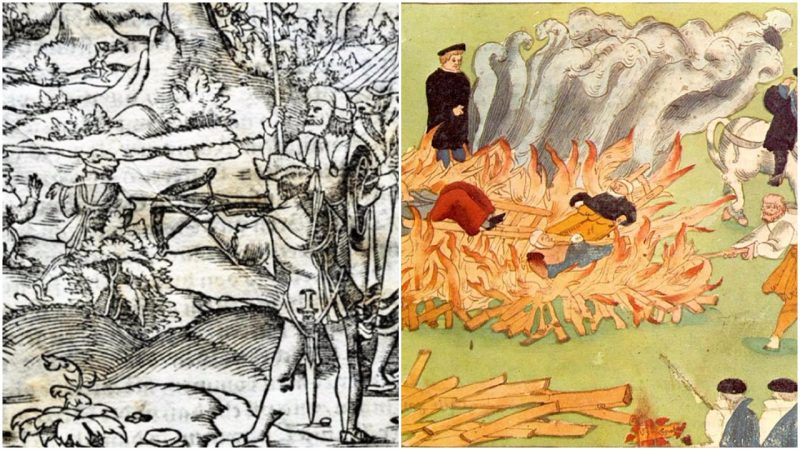William Tell is a popular Swiss folk hero who became a historical symbol of Swiss patriotism. The legend of Tell’s expert marksmanship emerged in the late 15th century: his skills with a crossbow were allegedly so exceptional, that he could shoot an apple off a person’s head without harming a single hair on their head.
The legend of Tell didn’t remain confined to the borders of Switzerland, but quickly spread throughout the world and became a popular synonym for marksman showmanship. A popular folk figure similar to Tell, named “Punker of Rohrbach”, appeared in the German village of Rohrbach, which is now a part of the city of Heidelberg.
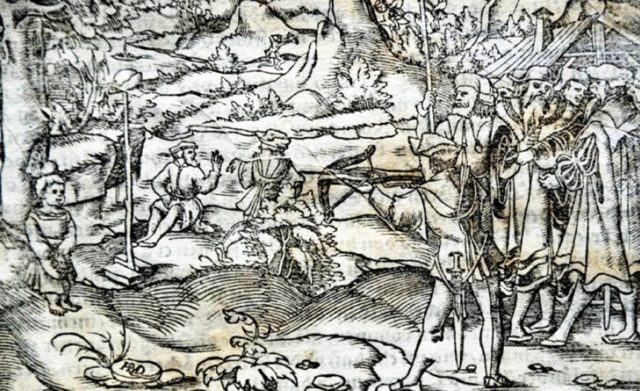
Punker was said to be an outlaw so skilled with his bow, that the authorities believed he possessed supernatural powers. An account of Punker’s mysterious skills is a part of the notorious “Malleus Maleficarum”, “The Hammer of Witches”, the most important treatise on witchcraft. The Malleus Maleficarum elevated sorcery to the criminal status of heresy and recommended torture as the procedure for the interrogation of those suspected of witchcraft and wizardry.
In the Malleus Maleficarum, it is written that Count Louis III of Rhine witnessed Punker’s bow skills on the battlefield and during a fox hunt, and thought that Punker’s deadly blows were perhaps influenced by the Devil himself.
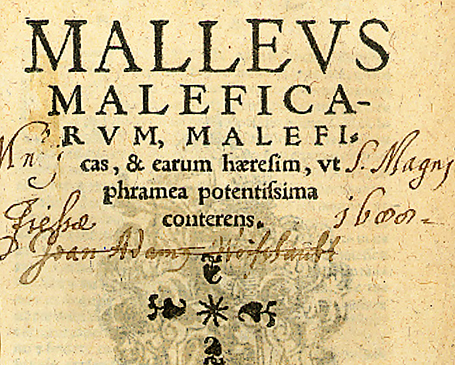
In order to prove Punker’s supernatural powers and condemn him of associating with the Devil, Louis III ordered Punker to appear in his court and shoot a penny off the head of his own son.
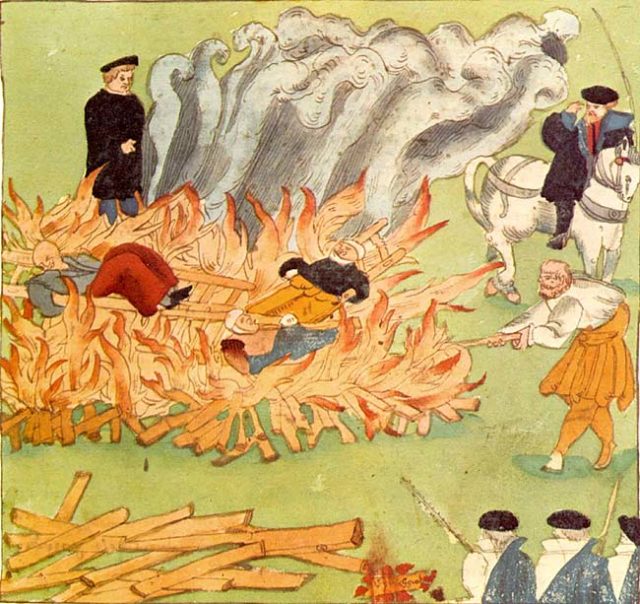
If Punker were to fail this challenge, he would automatically be condemned to death: if his arrow missed the penny and hit the boy’s head, it would be proven that Punker’s skills were governed by the Devil who used them to kill people for pleasure.
Punker refused to accept the challenge and managed to elude Louis III, but ultimately had to appear in court when Louis III captured his son. He then prayed to God, prepared two arrows, and managed to shoot the penny on the boy’s head without harming him.
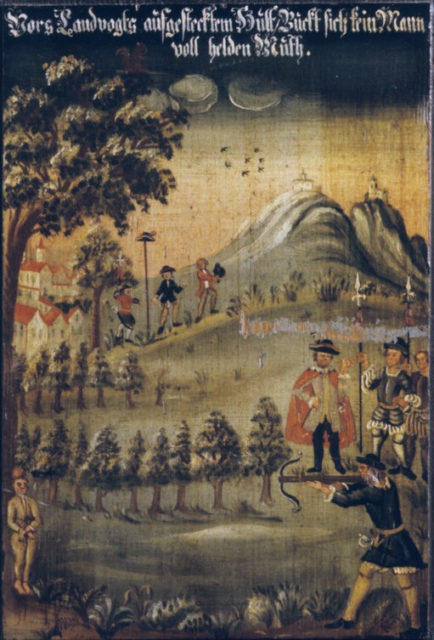
The authorities were satisfied by Punker’s performance and concluded that his skills were governed by the hand of God. However, Louis III noticed that Punker had prepared two arrows and demanded an explanation. Punker responded that he was afraid that the Devil might steer his arrow to kill the boy.
In that case, Punker would be condemned to die and he would use the second arrow to shoot Louis III to avenge his son.
